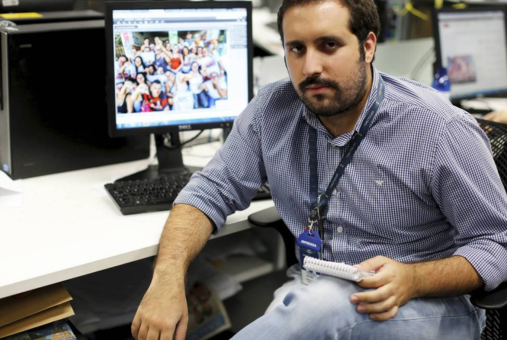
Covering executions committed by police officers, how former members of the force become professional killers, and how they form organizations comparable to the mafia: this is the specialty of Rafael Soares, a 32-year-old reporter from the newspapers O Globo and Extra who says he does not feel fear. After the podcast "Pistoleiros," he has just released his first book, "Milicianos."

The cases of Brazilian journalist Schirlei Alves and Chilean journalist Felipe Soto Cortés reveal the impact of the criminalization of defamation on press freedom in Latin America. A ruling by the Inter-American Court of Human Rights against Chile points the way to combating the use of criminal law to silence journalists in the region.

LupaMundi, an interactive map from the Brazilian fact-checking agency Lupa, sheds light on the global state of laws against false information. Countries in Latin America generally don't have specific laws on the subject, and scholars warn of the risks of political manipulation of the issue.
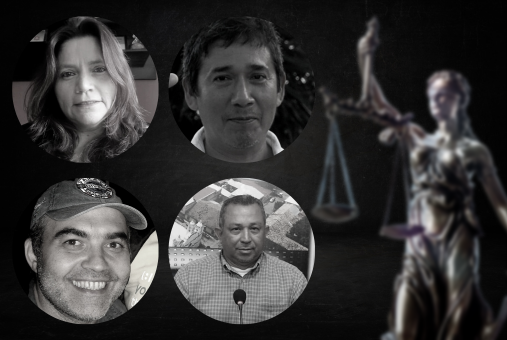
To mark the International Day to End Impunity for Crimes against Journalists, which is celebrated every Nov. 2, LatAm Journalism Review (LJR) is highlighting four cases of journalists from Latin America and the Caribbean that, for the most part, remain unpunished.
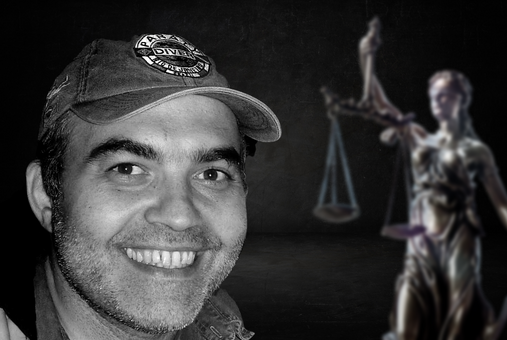
Brazilian journalist Pedro Palma was murdered on Feb. 13, 2014 in Miguel Pereira in the state of Rio de Janeiro. Nine years later, the investigation into the crime remains open and no one has been held responsible. This is one of 25 cases in Brazil with “complete impunity,” according to the Committee to Protect Journalists. It illustrates obstacles to holding accountable the perpetrators and masterminds of crimes against journalists in the country.

The podcast market is booming in Latin America, with annual growth expected to reach almost 30% by 2032. Many narrative journalism podcasts are riding the wave. The author of a pioneering study on the subject in Brazil shares techniques to capture listeners' attention, from theater to sources.
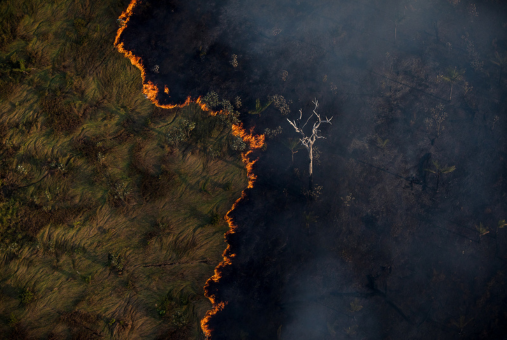
A report by Reporters Without Borders shows the results of a year of monitoring attacks on the press in the Brazilian Amazon. The organization connects the journalistic and climate emergencies in the region, highlighting the importance of independent and local journalism in tackling one of the greatest challenges humanity has ever faced.

The recently launched Amazônia Vox aims to connect communication professionals and experts from the Brazilian Amazon with journalists and media from other regions. The platform will also produce reports from and about the Amazon, highlighting how Amazonian populations have developed solutions to the problems they face.
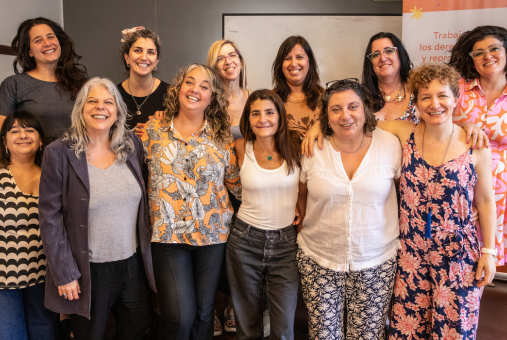
Four years after the appointment of Mariana Iglesias at the Argentine newspaper Clarín, gender editors are promoting changes in news coverage, working to consolidate their positions and facing unprecedented online violence. LatAm Journalism Review spoke with gender editors in four countries to understand the current status of these professionals in the region.

In 2022, the year of one of Brazil's most fiercely contested elections, the Brazilian Association of Investigative Journalism (Abraji) recorded 557 cases of aggression against journalists, with 26% involving some form of gender-based violence. Among this group, 5% were episodes of sexual violence. Journalists targeted in these attacks spoke about the impact on their work and personal lives.
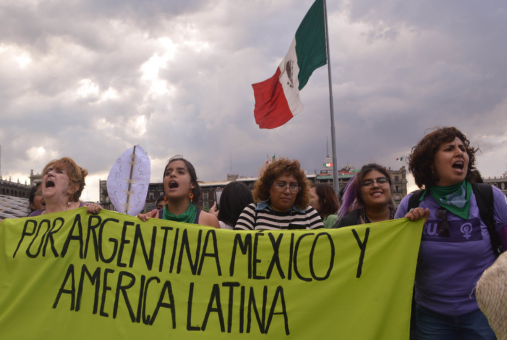
A collection of studies on the coverage of violence against women in the Global South found advances in Argentina and Mexico, while in Brazil race and class biases stood out. The volume's co-editor told LJR she hopes the work will highlight how journalistic coverage is connected to this huge systemic global problem.
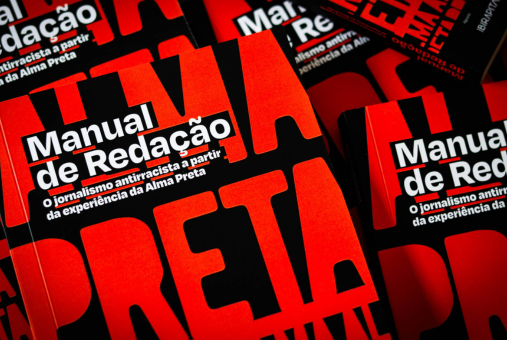
The Brazilian racial-focused outlet Alma Preta unveiled its first style guide after over three years of labor. Titled "Writing manual: Anti-racist journalism based on the Alma Preta experience," it encapsulates the outlet's journalistic ethos, from news value criteria to anti-racist angles and stylistic recommendations.